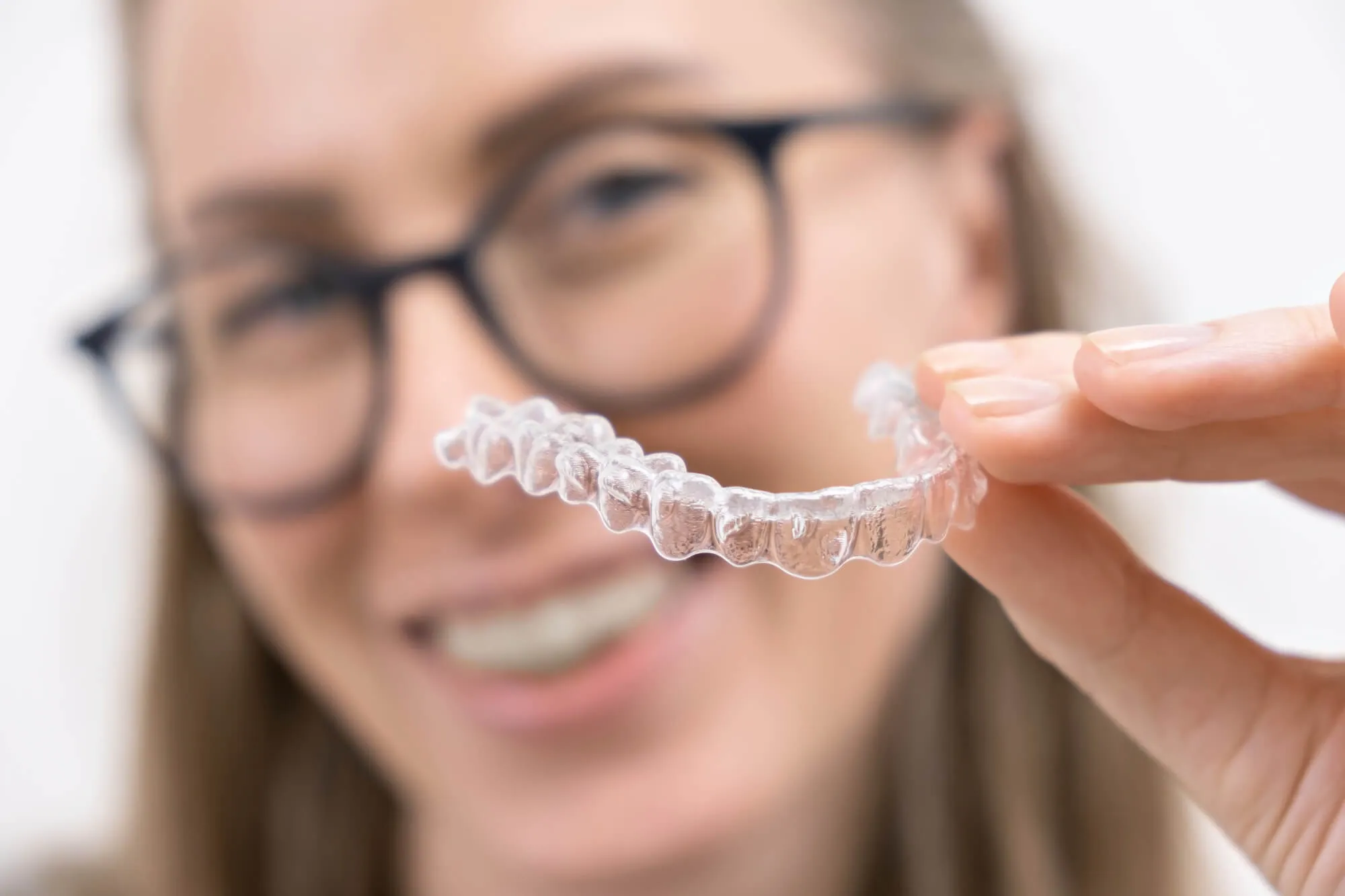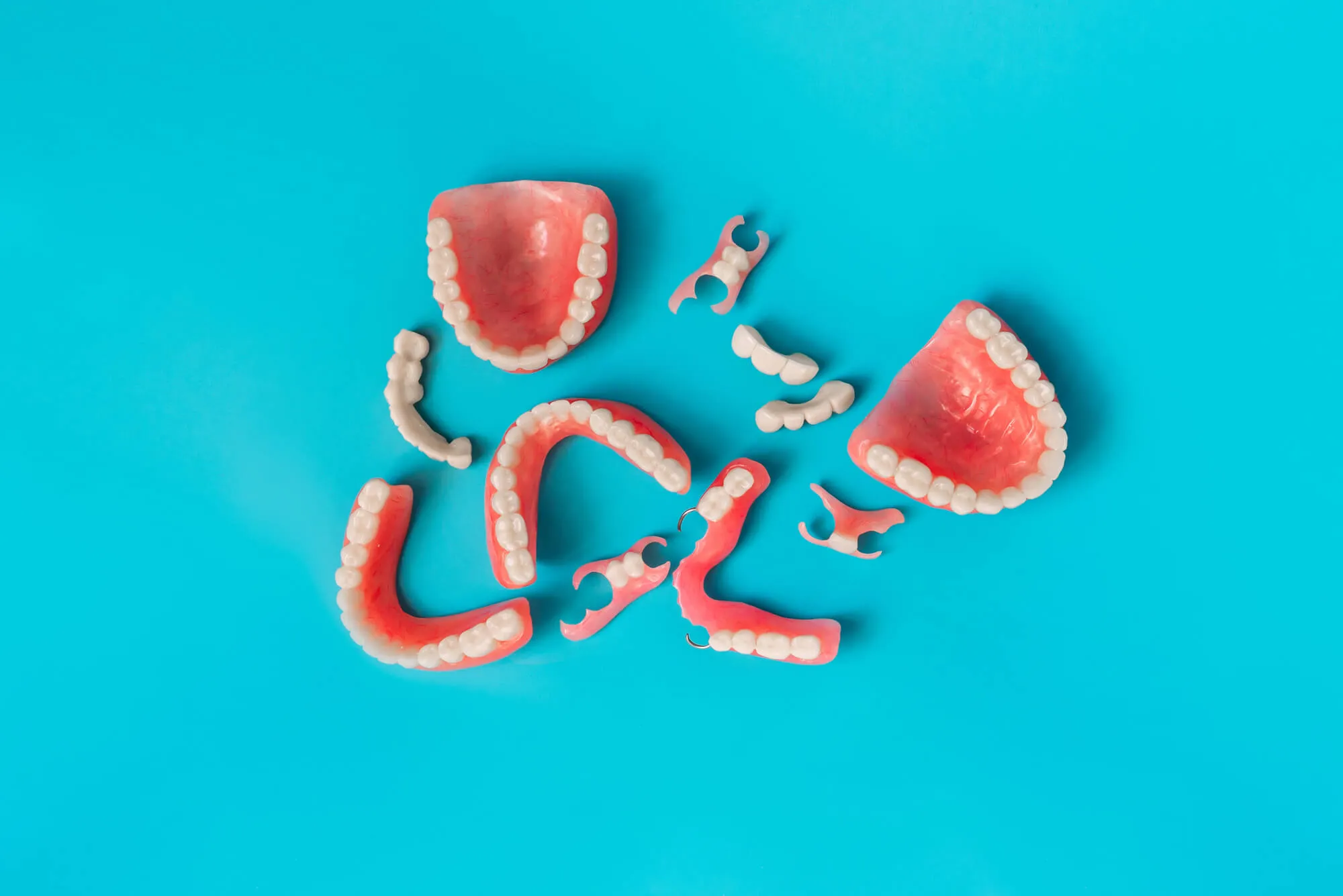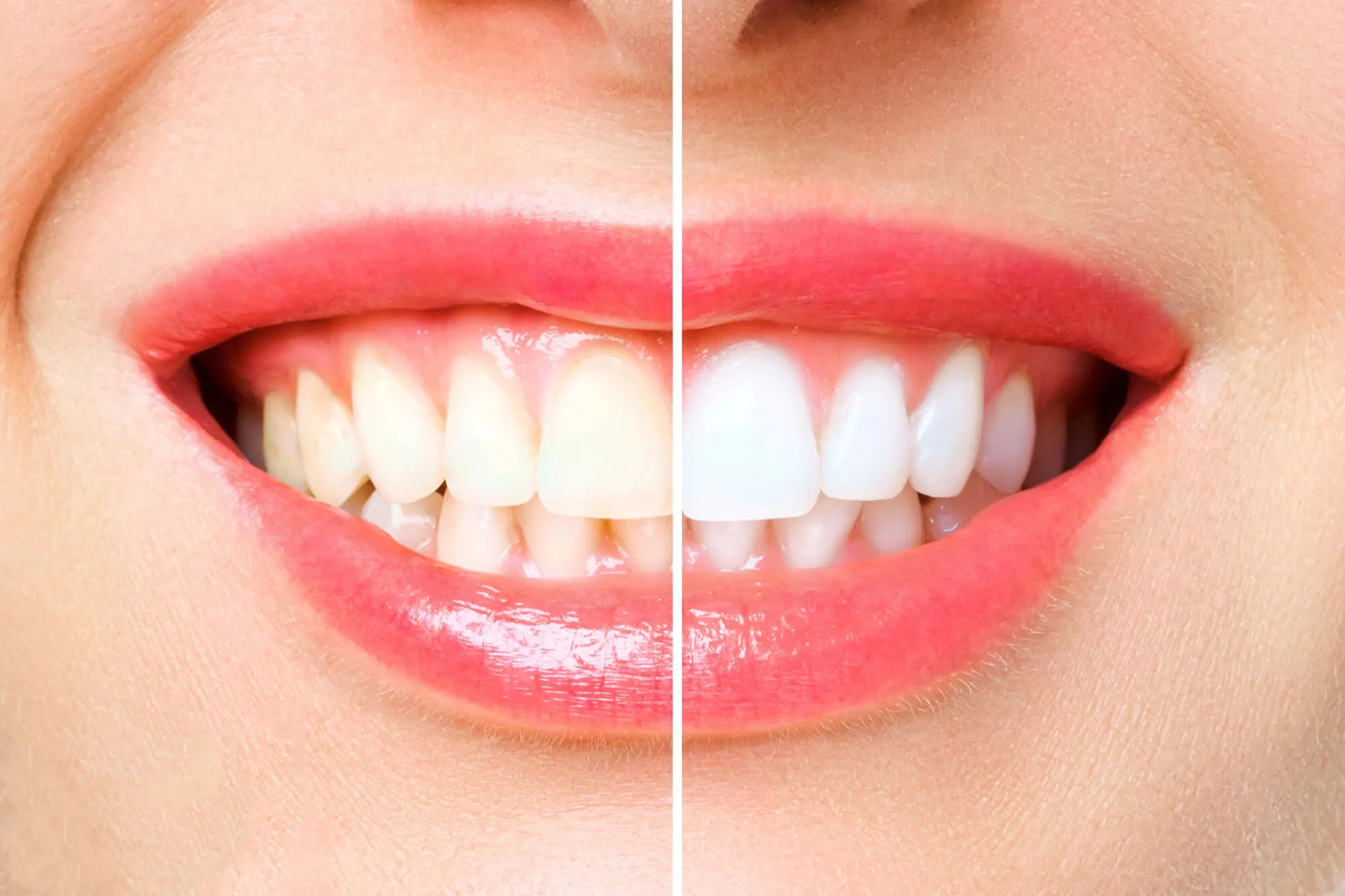Invisalign vs. Braces: A Side-by-Side Comparison

Choosing between Invisalign in Wilton Manors, FL, and braces can feel overwhelming, especially with so many factors to consider. Both orthodontic treatments are designed to straighten teeth, but they work in different ways and offer unique benefits.
Understanding the key differences between Invisalign and braces can help you choose the option that best aligns with your lifestyle and dental needs. Below, we’ll compare these two popular treatments side-by-side, covering everything from comfort to aesthetics to help you decide which option might be right for you.

What Are Invisalign and Braces?
Both Invisalign® and traditional braces aim to correct misaligned teeth but use different methods. Invisalign uses a series of clear, removable aligners that gently shift your teeth into place, while braces use metal brackets and wires fixed to the teeth. Each option has its own advantages and drawbacks, depending on individual preferences and orthodontic needs.
Appearance and Aesthetics
- Invisalign: Invisalign aligners are crafted from clear, smooth plastic, making them virtually invisible when worn. This feature particularly appeals to adults and teens who prefer a subtle treatment that won’t draw attention to their teeth.
Invisalign trays fit snugly and blend with your natural smile, allowing you to undergo orthodontic care discreetly. This invisibility factor is often a major deciding point for people who are self-conscious about their appearance during treatment, making Invisalign an attractive option.
- Braces: Traditional metal braces, conversely, are more noticeable due to their metallic brackets and wires. While highly effective, their appearance can sometimes make patients, especially adults, hesitant to choose them.
However, advancements in orthodontics have introduced clear or ceramic braces, which offer a less conspicuous look. These tooth-colored brackets are a great alternative for those who need the control of braces but want a subtler aesthetic. Despite these options, braces are still more visible than Invisalign aligners.
Comfort and Feel
- Invisalign: Comfort is one of Invisalign’s standout features. The aligners are made from smooth plastic, which means there are no sharp edges or brackets to irritate your cheeks, gums, or tongue.
This can be a significant advantage, particularly in the early stages of treatment when your mouth is adjusting. Because the aligners are removable, you can take them out when needed, reducing any discomfort associated with eating or other activities.
- Braces: Braces, on the other hand, can initially cause some discomfort. The brackets and wires can create friction and sometimes lead to sores or irritation inside the mouth.
Adjustments to the wires, which are necessary to tighten and move the teeth, can also result in temporary soreness. Over time, most patients adapt to the feeling of braces, but the overall experience is typically considered less comfortable than Invisalign.
Treatment Duration
- Invisalign: The duration of Invisalign treatment usually ranges from 12 to 18 months. This period can vary based on the case's complexity, but Invisalign is often faster for those with mild to moderate misalignments.
Aligners are worn for 20 to 22 hours a day, with each set being used for about two weeks before progressing to the next. Because Invisalign is customized to shift your teeth gradually, it can often achieve results in a shorter timeframe than traditional braces for less severe issues.
- Braces: Braces are generally used for a broader range of orthodontic problems, which can impact treatment length. The average treatment time for braces ranges from 18 months to three years, depending on the complexity of the misalignment.
Severe cases, such as significant bite issues or extensive crowding, may extend the duration. Braces work continuously, which can be advantageous for complex corrections that require precise and sustained pressure on the teeth.
Maintenance and Cleaning
- Invisalign: Cleaning Invisalign aligners is easy. The trays should be removed for eating, brushing, and flossing, making it simple to maintain good oral hygiene.
Aligners should be rinsed and brushed gently to prevent discoloration and buildup of bacteria. This routine helps keep the aligners and your teeth clean, reducing the risk of cavities and gum disease during treatment.
- Braces: Maintaining oral hygiene with braces can be more challenging. Braces require careful brushing and flossing around the brackets and wires to prevent food particles and plaque buildup.
Special tools, such as water flossers, interdental brushes, and floss threaders, can help keep your teeth clean, but it often takes extra time and effort. Poor maintenance can lead to stains or cavities around the brackets, so diligent care is essential.
Eating and Drinking
- Invisalign: One of Invisalign’s biggest perks is the ability to eat and drink without restrictions. Aligners are removed during meals, allowing you to enjoy your favorite foods without worry. After eating, it’s important to clean your teeth and aligners before reinserting them to maintain hygiene and prevent staining.
- Braces: Braces come with dietary restrictions to avoid damage. Hard, sticky, or chewy foods can dislodge brackets or bend wires, which may be inconvenient and require additional dental visits. Patients with braces often need to be mindful of their food choices, opting for softer options to minimize risk.

Effectiveness for Different Cases
- Invisalign: Invisalign is highly effective for mild to moderate alignment issues, including crowding, gaps, and minor bite problems. For complex cases, such as significant bite misalignments, additional attachments or adjustments may be necessary, and in some instances, traditional braces may still be the better choice.
- Braces: Braces are highly versatile and effective for a wide range of orthodontic needs, including severe misalignments, bite issues, and rotated teeth. They offer precise control over tooth movement, making them ideal for complex corrections beyond Invisalign’s capabilities.
Cost Considerations
- Invisalign: The cost of Invisalign can vary depending on the treatment’s length and complexity. Typically, the price is comparable to braces, though it may be higher for extended or complex cases requiring additional aligners.
- Braces: Braces are often slightly more affordable, with costs varying based on the type of braces used (metal or ceramic) and the complexity of the treatment. However, the expense of repairs or adjustments due to breakages can add up over time.
Follow-Up Appointments
- Invisalign: Since Invisalign aligners are pre-made, they generally require fewer visits. Check-ups are scheduled to monitor progress and ensure that the aligners fit correctly, which often means fewer disruptions to your schedule.
- Braces: Regular follow-up appointments are essential with braces to make adjustments, tighten wires, and monitor movement. These visits typically occur every 4 to 8 weeks and are crucial to the success of the treatment.
Long-Term Care
- Invisalign: After completing Invisalign treatment, retainers are provided to maintain the new position of your teeth. Retainers are typically worn at night and are essential to prevent teeth from shifting back.
- Braces: Similar to Invisalign, braces also require retainers after treatment to keep teeth in their corrected positions. Proper retainer use is critical to maintaining your smile long-term.
Patient Age and Lifestyle
- Invisalign: Invisalign is a great option for adults and teens who prefer a discreet, flexible treatment that easily fits into their lifestyle. The removable nature of the aligners allows for a more natural oral hygiene routine and fewer dietary restrictions.
- Braces: Braces are suitable for patients of all ages, including younger children whose teeth and jaws are still developing. They are especially effective for younger patients who may not be as diligent about wearing removable aligners.
Both Invisalign and braces offer effective solutions for straightening teeth, each with unique benefits and considerations. Choosing the right option depends on your specific needs, preferences, and lifestyle.

Braces or Invisalign in Wilton Manors, FL: Which Should You Choose?
At 1500 Dental, we offer both Invisalign and traditional braces to help you achieve the smile you’ve always wanted. Contact us today to schedule a consultation and find out which orthodontic treatment is right for you!
*Invisalign®, the Invisalign logo, and iTero®, among others, are trademarks and/ or service marks of Align Technology, Inc. or one of its subsidiaries or affiliated companies and may be registered in the U.S. and/or other countries.













